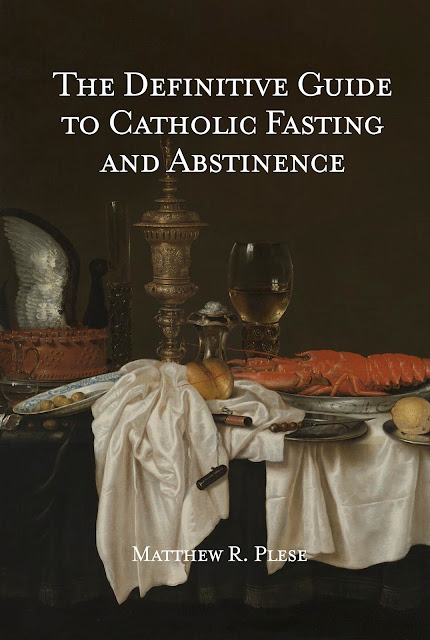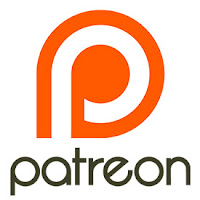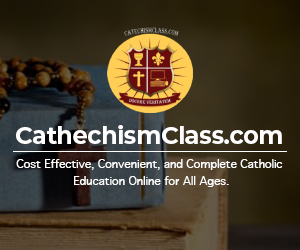Living a Truly Catholic Advent — Even Now
In much of the modern world, Advent has been reduced to little more than a vague countdown to Christmas, eclipsed by commercial excess, premature celebration, and a loss of spiritual preparation. Yet this was not always so. For centuries, Advent was understood as a penitential season, a time of watchfulness, restraint, and expectant prayer — a lesser Lent oriented toward the mystery of the Incarnation.
Even now, in the midst of Advent, it is not too late to reclaim its true character. Remarkably, while Advent’s traditional discipline weakened or disappeared in much of the West, it was preserved with striking fidelity in Spanish, Hispanic, and Filipino Catholic cultures. These traditions are not cultural curiosities. They are living witnesses to the Church’s historic understanding of Advent and offer concrete guidance for Catholics who wish to live the remainder of the season more faithfully.
Advent as a Penitential Season
Historically, Advent was penitential in character, though distinct from Lent. This is not a romantic reconstruction but a documented reality.
The Council of Tours (567) required monks to fast during Advent, and the Council of Macon (581) mandated fasting from St. Martin’s Day (November 11) until Christmas. Medieval liturgists such as Durandus of Mende, in his Rationale Divinorum Officiorum, explicitly refer to this period as St. Martin’s Lent.
The Roman liturgy itself reflects this penitential spirit even today: violet vestments, the suppression of the Gloria, restrained music, and an emphasis on preparation rather than celebration. While Advent fasting was never as universally codified as Lenten fasting, its penitential intent was widely recognized, especially in Catholic Europe and the missionary lands that inherited its faith intact.
It is precisely these missionary cultures — Spain, Latin America, and the Philippines — that preserved Advent most faithfully.
Las Posadas: Advent Catechesis Lived Nightly
One of the richest and most misunderstood Advent devotions is Las Posadas. Far from being a festive pageant, Las Posadas is a deeply catechetical practice rooted in Scripture, tradition, and liturgical theology — and it is still unfolding right now in many Catholic communities.
Las Posadas developed from Spanish Catholic devotional life and was systematized in the late 16th century by Augustinian missionaries in New Spain. In 1587, Pope Sixtus V granted indulgences to those who participated devoutly in the nine-day observance, formally recognizing it as an authentic Catholic devotion. Liturgical historians such as Fr. Francis Weiser, S.J., document this approval in Handbook of Christian Feasts and Customs.
Celebrated from December 16 through December 24, Las Posadas intentionally follows the structure of a novena — nine days of prayer in preparation for Christmas. Each night reenacts Our Lady and St. Joseph’s search for lodging in Bethlehem, as recounted in Luke 2:1–7.
Participants traditionally divide into two groups: one representing Mary and Joseph, often processing from house to house, and another representing the innkeepers, who repeatedly refuse them entry. This refusal is not theatrical embellishment but deliberate catechesis, dramatizing John 1:11: “He came unto His own, and His own received Him not.”
Only after repeated refusals are Mary and Joseph finally welcomed, symbolizing the soul that, after resistance, opens itself to grace. Even midway through Advent, this devotion reminds us that Christ still seeks entry — not into homes on a street, but into hearts.
Latin American Advent Discipline and Sobriety
Alongside Las Posadas, much of Latin America preserved Advent’s penitential discipline well into the 20th century — and in many places, remnants of it remain today.
Traditional moral theology manuals, such as Fr. Dominic Prümmer’s Manuale Theologiae Moralis, emphasize that penitential seasons shape not only law but custom. As a result, Advent in Hispanic Catholic cultures often included simplified meals, reduced alcohol consumption, avoidance of weddings and major celebrations, and increased participation in prayer and weekday Masses.
As St. Alphonsus Liguori teaches, voluntary penance is especially fitting during seasons of preparation, even when not strictly required by law. Liturgical scholars such as Fr. Francis X. Weiser note that these practices endured because Catholicism remained integrated into daily life rather than confined to Sunday worship.
Even now, midway through Advent, these practices can still be taken up — not perfectly, but sincerely.
The Nativity Scene and Sacred Time
Spanish and Hispanic Catholic cultures also preserved the theological structure of the Nativity scene, which continues to teach even today.
While St. Francis of Assisi popularized the crèche in 1223, these cultures maintained its liturgical logic: Mary and Joseph appear early in Advent; the Christ Child is added only at Midnight Mass; shepherds arrive gradually; and the Magi appear at Epiphany, not Christmas.
This slow unfolding reflects the Church’s understanding of sacred time, articulated by Dom Prosper Guéranger in The Liturgical Year: “The Church does not anticipate her joy. She waits.”
If Advent has already felt rushed, this practice offers a quiet correction.
Simbang Gabi: Advent Still Lived Fully
Perhaps nowhere has Advent been preserved more fully than in the Philippines, through the practice of Simbang Gabi, meaning “Night Mass.”
Simbang Gabi consists of nine consecutive early-morning Masses, traditionally celebrated between 4:00 and 5:00 a.m., from December 16 through December 24 — meaning that, right now, this devotion is actively being lived.
Developed during the Spanish missionary period as a pastoral accommodation for agricultural workers, Simbang Gabi asks the faithful to sacrifice sleep and comfort in order to worship. This mirrors ancient Christian practice, as pre-Christmas vigils are attested in Roman and Gallican sources as early as the 5th and 6th centuries.
Our Lord Himself commands this posture in Matthew 25:13: “Watch therefore, for you know neither the day nor the hour.” Simbang Gabi functions as a living Advent retreat, reminding Catholics everywhere that it is not too late to watch, pray, and prepare.
What These Traditions Still Teach Us
Las Posadas, Hispanic Advent discipline, and Simbang Gabi share three essential truths that remain valid even now:
- Christ truly comes, not symbolically but really
- Souls must be prepared, even at the eleventh hour
- Joy follows sacrifice, not indulgence
As Dom Guéranger warned, when liturgical seasons lose their character, the Faith itself weakens. These traditions show that restoration is possible — even midstream.
Living the Rest of Advent Well
Even in the middle of Advent, Catholics can still respond:
- Simplify meals and entertainment
- Reclaim moments of silence
- Delay unnecessary celebration
- Pray the O Antiphons attentively
- Treat Christmas as something to be awaited, not rushed
- These acts are not about perfection. They are about conversion.
Conclusion
Spanish, Hispanic, and Filipino Advent traditions are not relics of the past. They are Catholic memory preserved, still speaking to the Church today. Even now, Advent has not passed us by. Christ still comes quietly. The door can still be opened.
May Our Lady, who waited in silence and humility for the birth of her Son, teach us how to wait again.
For much more on Advent customs, see the book "Restoring Lost Customs of Christendom."











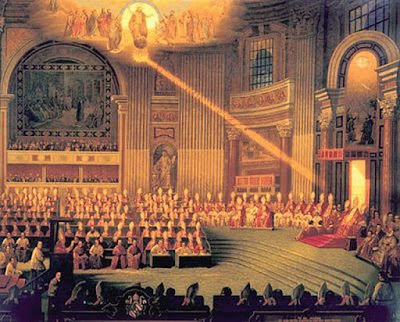


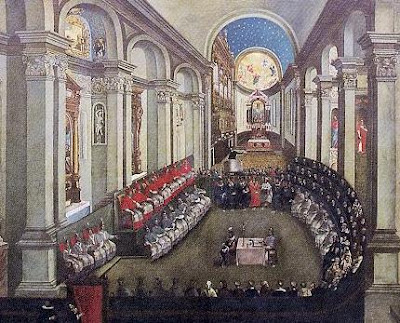
,%20Painted%20in%201903.jpg)
.jpg)


